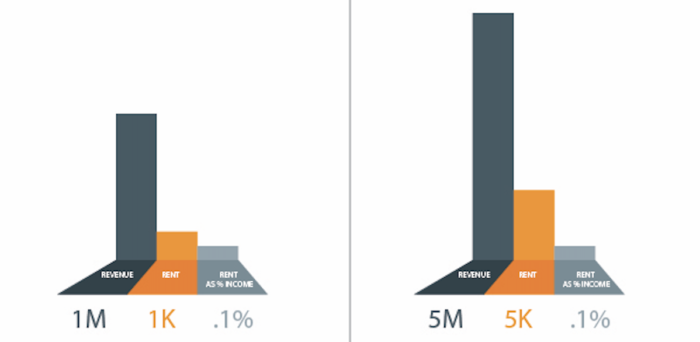Myth Busted: Smaller Companies Are Less Expensive

This is inspired by Dave’s research and drafts of his upcoming book about the rebirth of the architect in the design-build model.
I used to believe in and pass on what is really a misconception. Maybe you’ve heard it too: smaller companies with “less overhead” are able to give more competitive pricing. While it is true that a smaller company will have lower overhead in terms of dollars, the percentage of overhead compared to the company’s volume will be similar—and that is what determines the cost to you as a consumer.
For example, a company that does $1,000,000 in sales may pay $1,000 in rent compared to a $5,000,000-company that pays $5,000. But they each need ten cents towards rent for every $100 dollars a client pays them. Both companies would need to account for this in their pricing. So in reality, if someone says lower overhead affords them the ability to charge less, they really just don’t know their numbers and shouldn’t be trusted with your money. These companies do not last long. (See Making Remodeling a Win-Win).

Rent as a percentage of revenue (not to scale).
In fact, companies who perpetrate this misconception are actually the ones more likely to need charge more for overhead to stay in business, because they are not the beneficiaries of the buying power of a larger company and its resultant economies of scale. I speak from experience: I can tell you that with regard to the rent example below, we now pay about four cents per $100 of revenue for five times as much space as when when we first started in business and we paid eighteen cents for every $100 of revenue.

Rent as a percentage of revenue (not to scale).
The size of a company is not the most important factor to consider when you are choosing a remodeling company. What is most important is that it is set up to execute your project. For example, we are currently set up to do higher-end work. We need highly skilled carpenters who can oversee and execute custom work—and we pay them accordingly. We won’t be competitive if we use those same carpenters on basic projects that could be done just as well by a less skilled carpenter (who is compensated accordingly).
So don’t be fooled. Look for a firm that is set up to execute your project successfully.
 David Supple is the owner and CEO of New England Design and Construction. He is currently working on writing a book about his experiences and thoughts in the design and construction industry. David is a graduate of Tufts University with a degree in architecture. In California, he trained as an architect for three years, designing, directing, and managing 50- 100,00 square foot renovations. He founded New England Design & Construction in 2005 and became incorporated in 2006, and rapidly expanded the company to servicing the Greater Boston Area. He is an aspiring comedian but currently he only practices with his wife.
David Supple is the owner and CEO of New England Design and Construction. He is currently working on writing a book about his experiences and thoughts in the design and construction industry. David is a graduate of Tufts University with a degree in architecture. In California, he trained as an architect for three years, designing, directing, and managing 50- 100,00 square foot renovations. He founded New England Design & Construction in 2005 and became incorporated in 2006, and rapidly expanded the company to servicing the Greater Boston Area. He is an aspiring comedian but currently he only practices with his wife.

